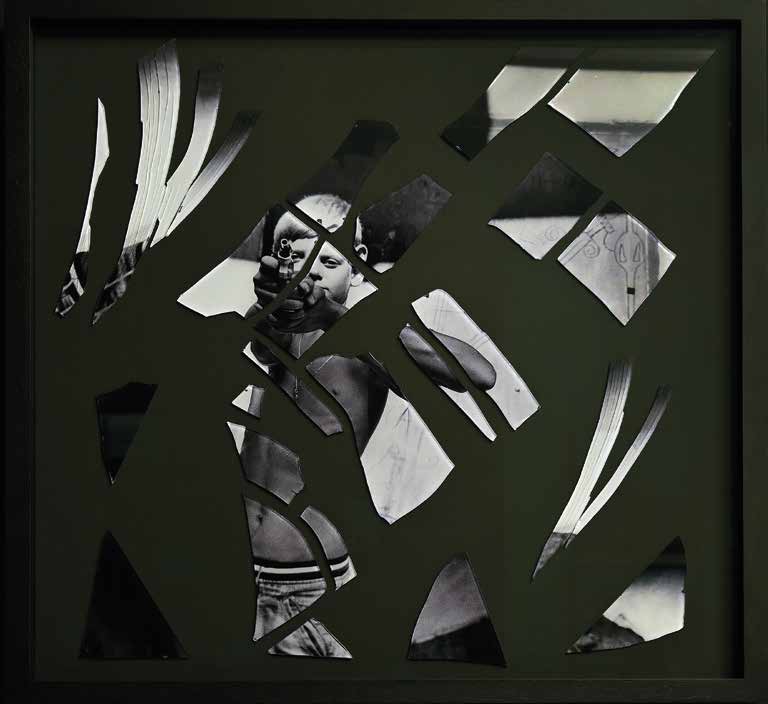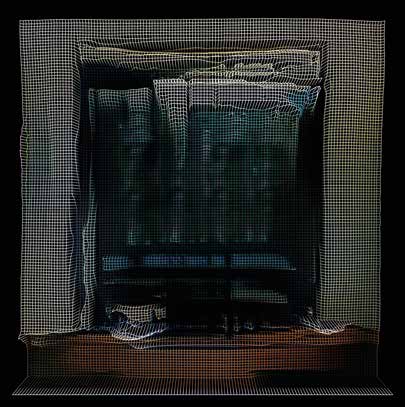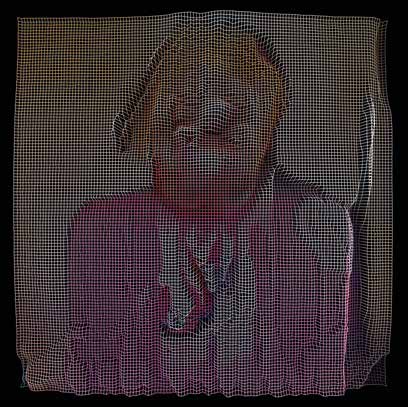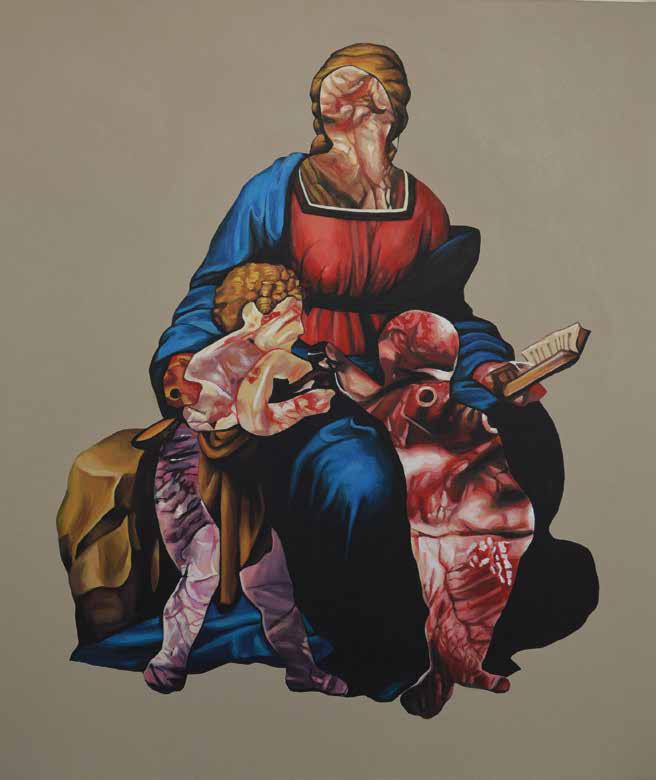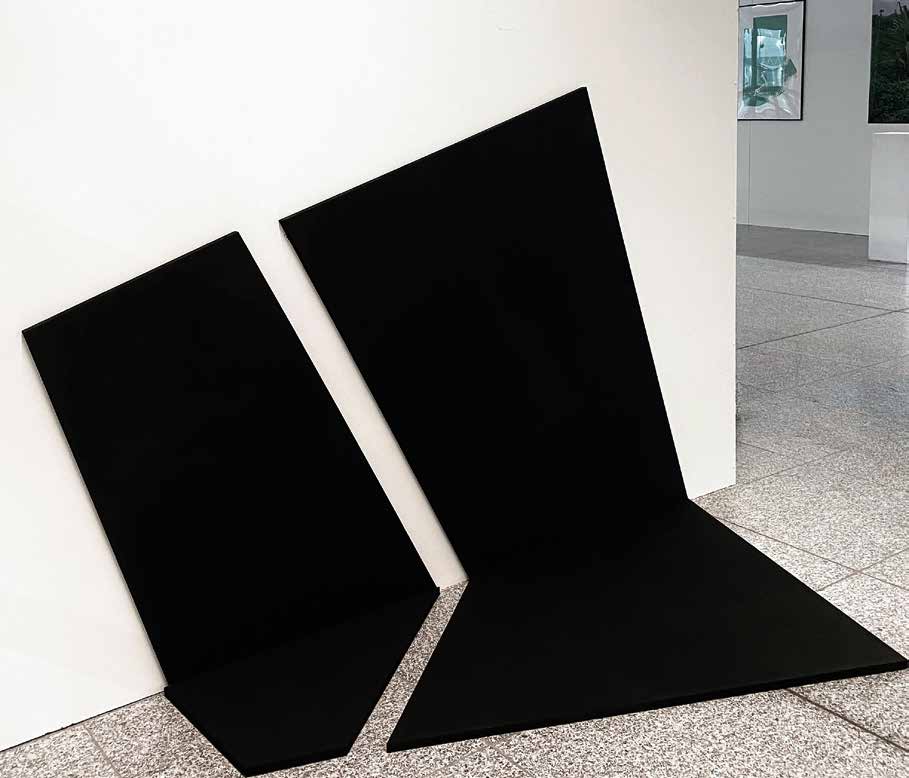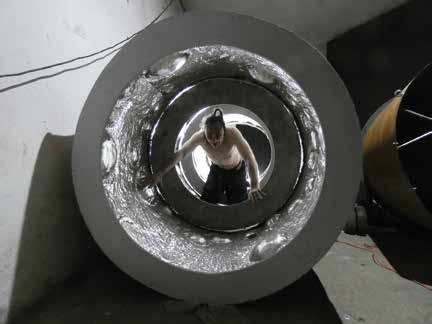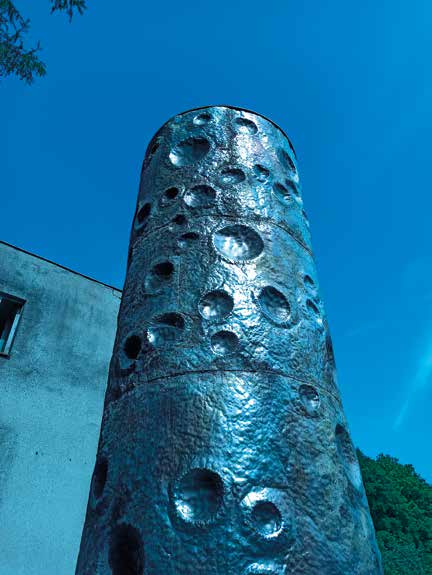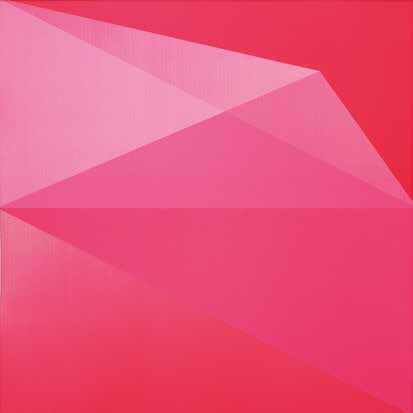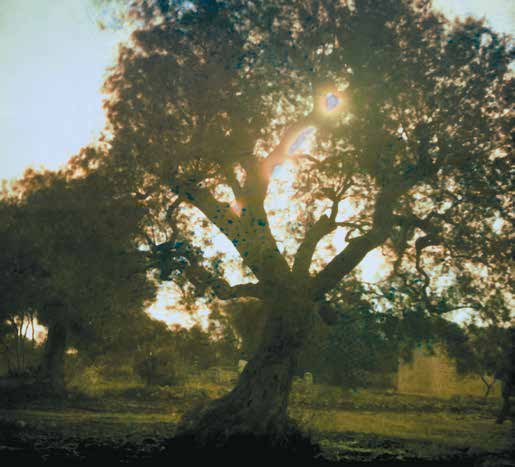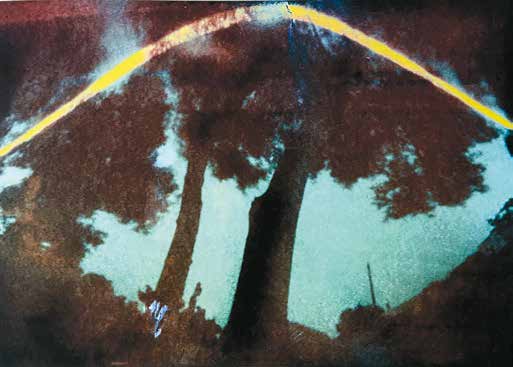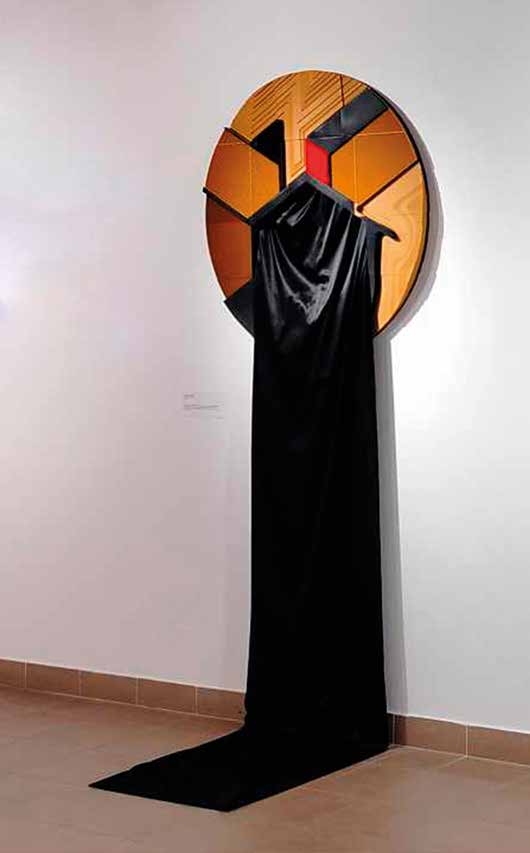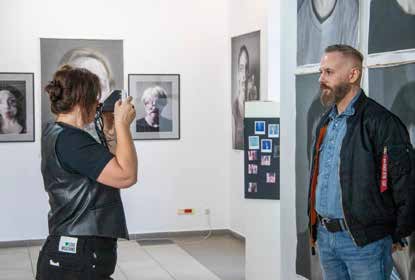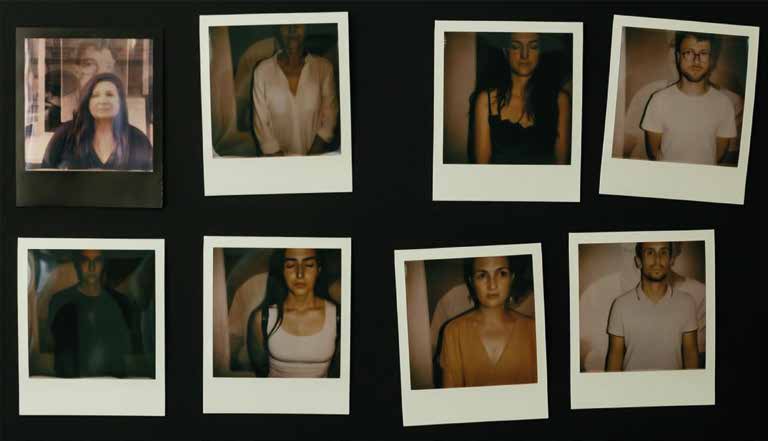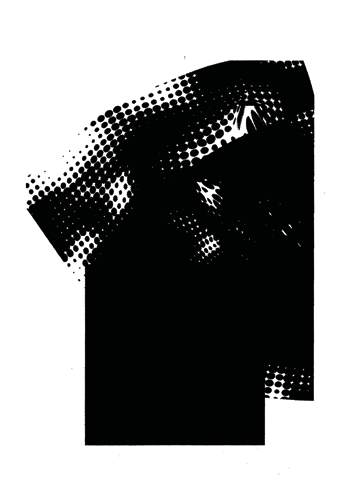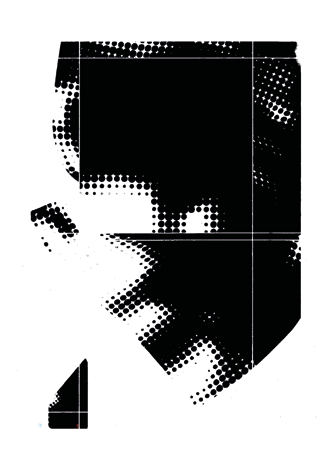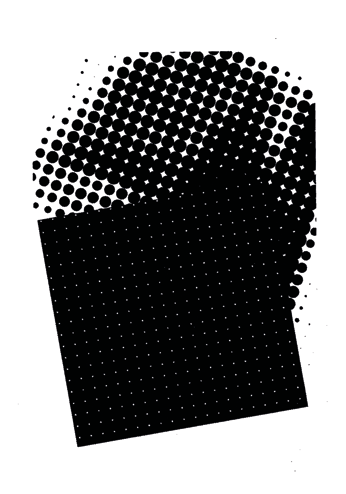Kompozycja symultaniczna
Simultankomposition
Simultaneous Composition
Wystawa Akademii Humanistyczno-Ekonomicznej w Łodzi | Ausstellung der Universität für Humanistik und Ökonomie in Łódź | The University of Humanities and Economics in Łódź show
Kurator | curator: Marek Poźniak
artyści | Künstler:innen | artists: Anna Andrzejewska (1977), Elżbieta Dul-Ledwosińska (1961), Elżbieta Gawlikowska-Łabęcka (1946), Bartek Jarmoliński (1975), Joanna Laszczak (1977), Borys Makary (1977), Joanna Małecka (1992), Marek Poźniak (1960), Marek Rogulski (1967), Katarzyna Rumińska (1988), Piotr Zbierski (1987)
miejsce | Ort | place: Kleist Forum, Platz der Einheit 1, Frankfurt (O)
Wydarzenia, które rozegrały lub rozgrywają się w różnych miejscach i w odmiennym czasie, przenosimy w nową przestrzeń. Tegoroczny temat – Perspektywa – jest interpretowany w jednym miejscu na kilkanaście sposobów. Rodzimy się i w perspektywie mamy życie. Rozwijając się w systemie edukacyjnym, otwieramy sobie perspektywę na nowe doświadczenia. Ale „nowe” jest zarówno teraz, tu… i tam. Perspektywa jest w geometrii modelem służącym do przedstawiania relacji przestrzennych. To artystyczno-teoretyczne znaczenie dało początek innym zastosowaniom, opartym na optycznym modelu percepcji, szczególnie w odniesieniu do poznania, działania i życia. Percepcja jest perspektywiczna, ponieważ opiera się na punkcie widzenia, przede wszystkim na zmyśle wzroku. Można argumentować, jak czynił to Nietzsche, że nigdy nie można „wydostać się” z własnej perspektywy. Powstaje tu pytanie o realność świata zewnętrznego lub krytyczną różnicę między wyglądem a rzeczą samą w sobie. Czy istnieje rzeczywistość tylko w jednej perspektywie, w tym sensie, że wszystko, co jest, jest konstrukcją w i z jednej perspektywy? A może perspektywa – choć zawsze pojedyncza – jest właśnie oknem na świat, przez które jesteśmy dostępni dla innych, a inni są dostępni dla nas?
Marek Poźniak
Ereignisse, die an verschiedenen Orten und zu unterschiedlichen Zeiten stattfanden oder stattfinden, werden in einen neuen Raum gebracht. Das diesjährige Thema – Perspektive – wird auf ein Dutzend Arten an einem Ort interpretiert. Wir werden geboren und haben das Leben in der Perspektive. Während wir uns im Bildungssystem entwickeln, öffnen wir unsere Perspektive für neue Erfahrungen. Aber „neu“ ist sowohl jetzt, hier… als auch dort. Perspektive ist ein Modell der Geometrie, das zur Darstellung räumlicher Beziehungen verwendet wird. Diese künstlerisch-theoretische Bedeutung hat zu weiteren Anwendungen geführt, die auf dem optischen Modell der Wahrnehmung basieren, insbesondere in Bezug auf Kognition, Handlung und Leben. Die Wahrnehmung ist perspektivisch, denn sie beruht auf dem Blickwinkel, in erster Linie auf dem Sehsinn. Man kann argumentieren, wie Nietzsche es tat, dass man nie aus seiner Perspektive „aussteigen“ kann. Dies wirft die Frage nach der Realität der äußeren Welt oder nach dem entscheidenden Unterschied zwischen dem Schein und der Sache selbst auf. Gibt es eine Realität in nur einer Perspektive, in dem Sinne, dass alles, was ist, eine Konstruktion in und aus einer Perspektive ist? Oder ist die Perspektive – auch wenn sie immer singulär ist – gerade ein Fenster zur Welt, durch das wir für andere und andere für uns zugänglich sind?
Marek Poźniak
Events that took (or are taking) place in various places and at various times are brought into a new space. This year’s topic—Perspective—has been interpreted in a dozen ways in one place. We are born and our perspective is life. As we develop in the educational system, we open our perspective to new experience. But the “new” is both now, here… but also there. Perspective is a geometric model used to represent spatial relationships. This artistic-cum-theoretical meaning has been used in other contexts involving the optical model of perception, especially concerning cognition, action and life. Perception is perspectival because it is based on the point of view, primarily the sense of sight. One can argue, as Nietzsche did, that one can never “step out” of one’s perspective. This raises the question of the reality of the external world or the vital difference between the appearance of the thing and the thing in itself. Does reality exist in only one perspective, in the sense that everything that exists is a construction made in and from one perspective? Or is perspective—even if only one- —a window to the world through which we are accessible to others and others are accessible to us?
Marek Poźniak
